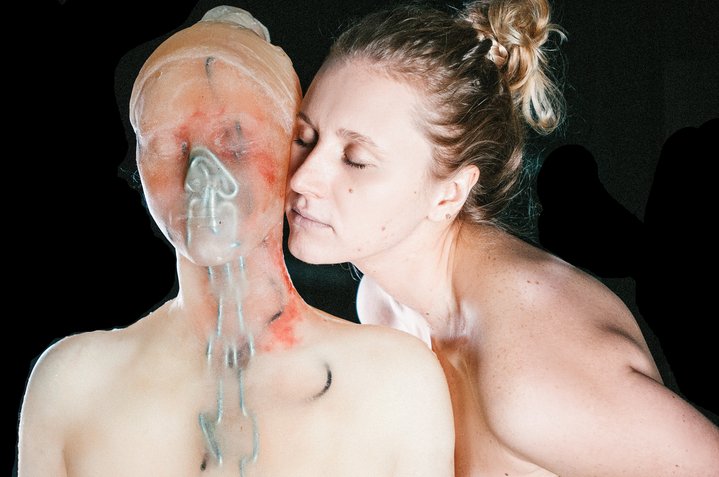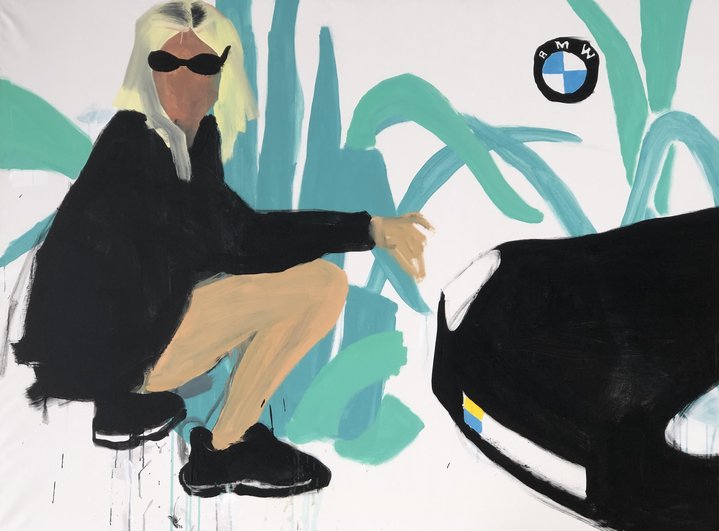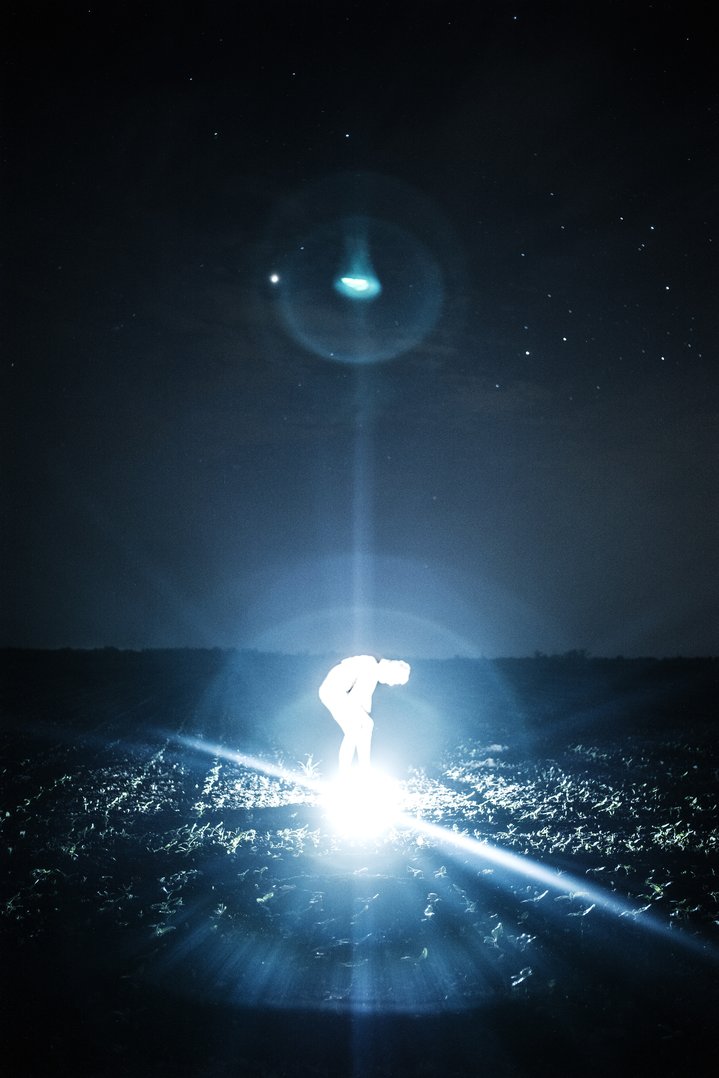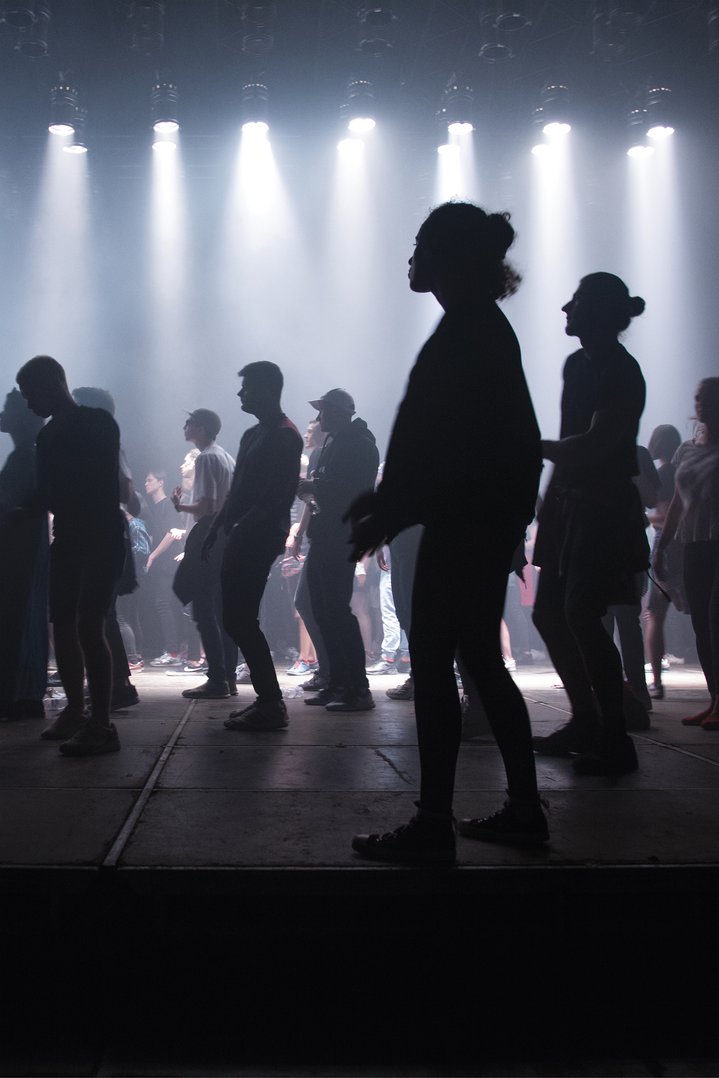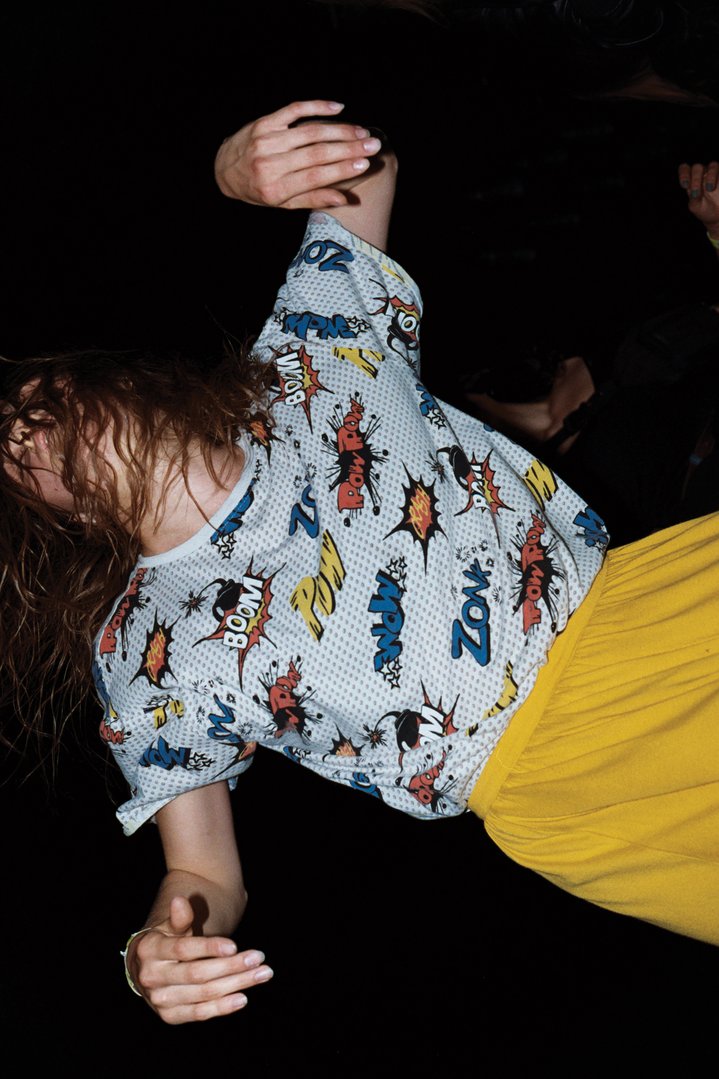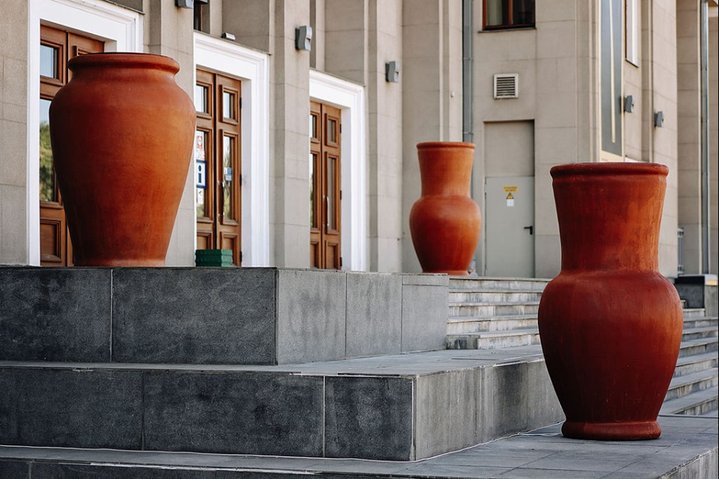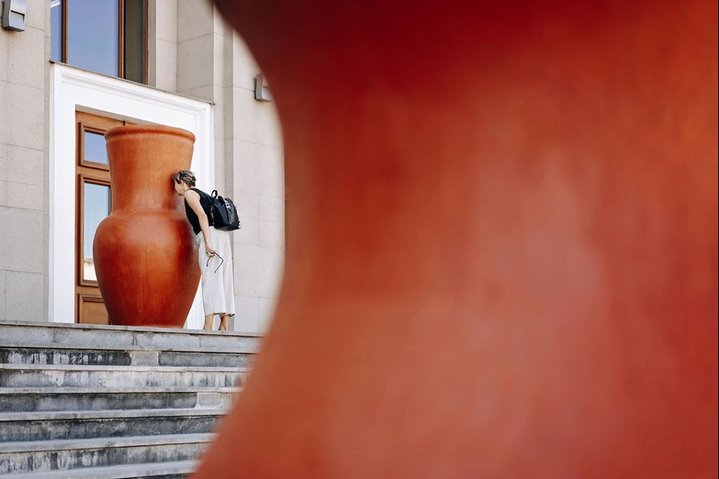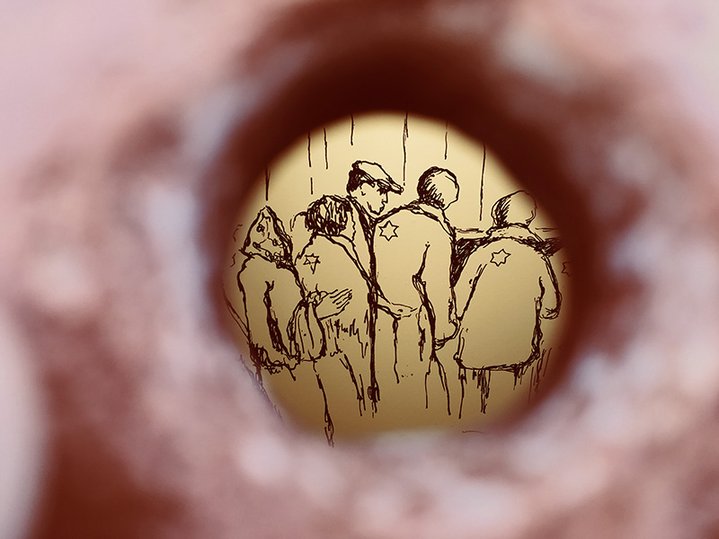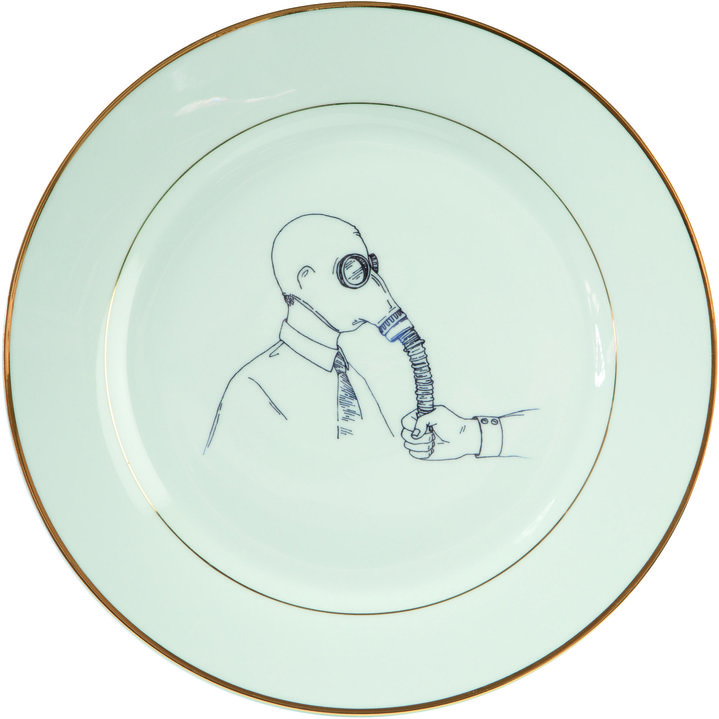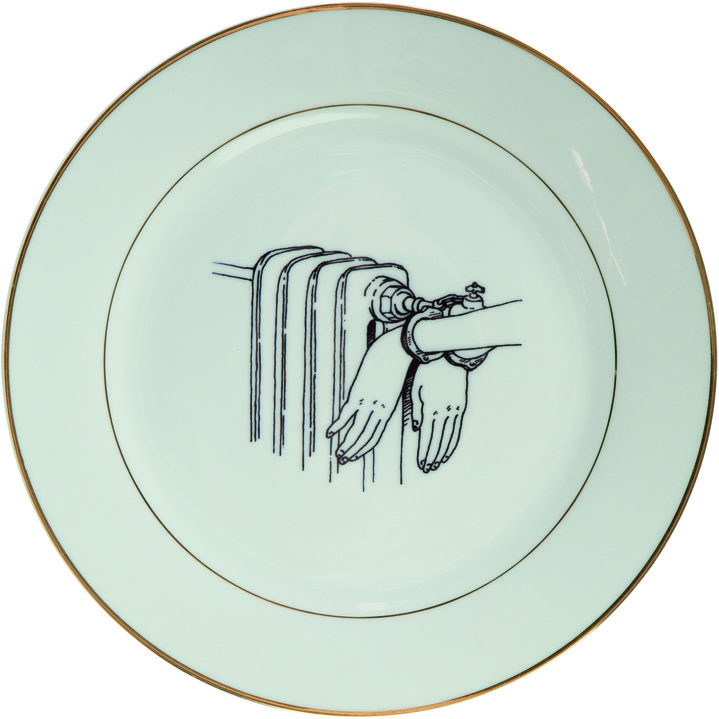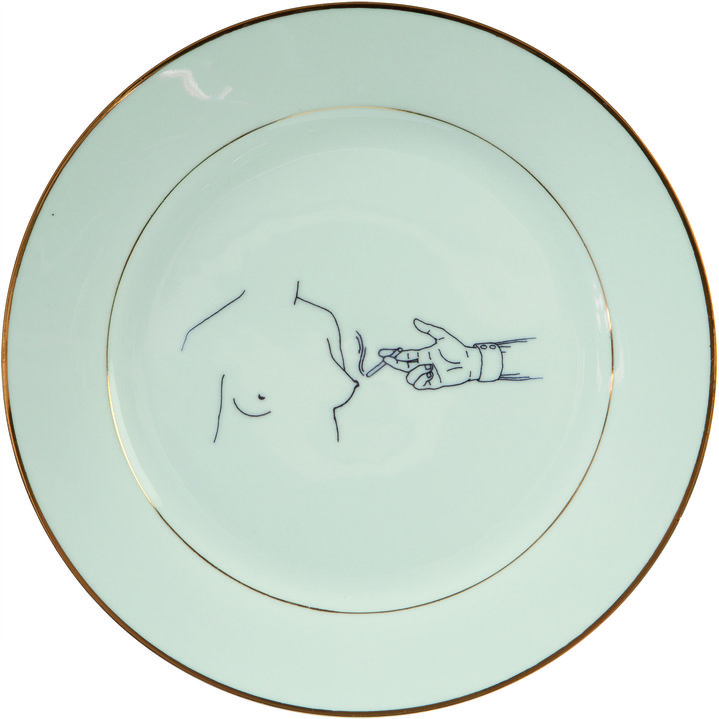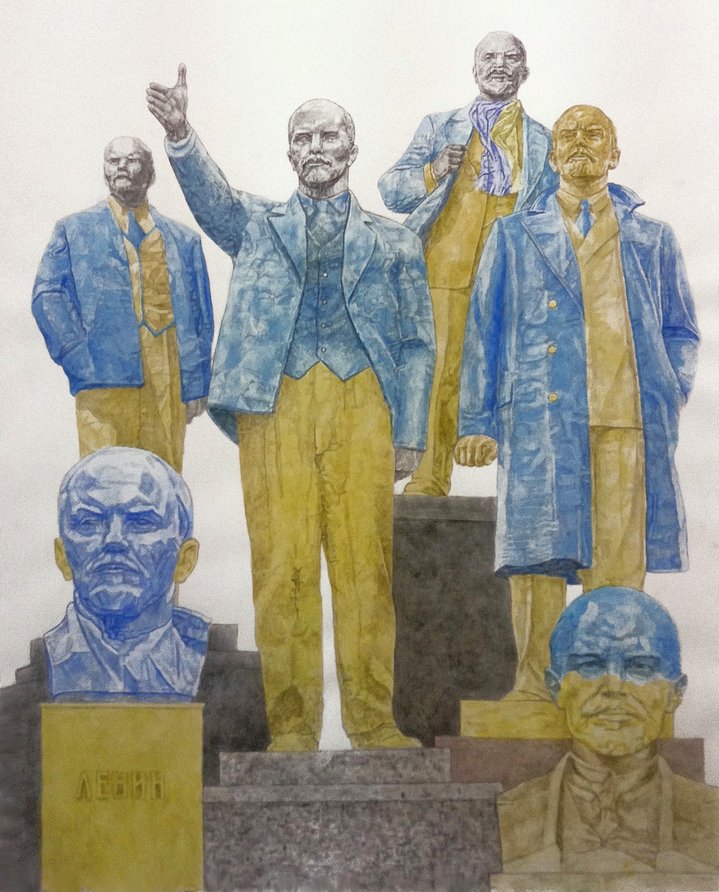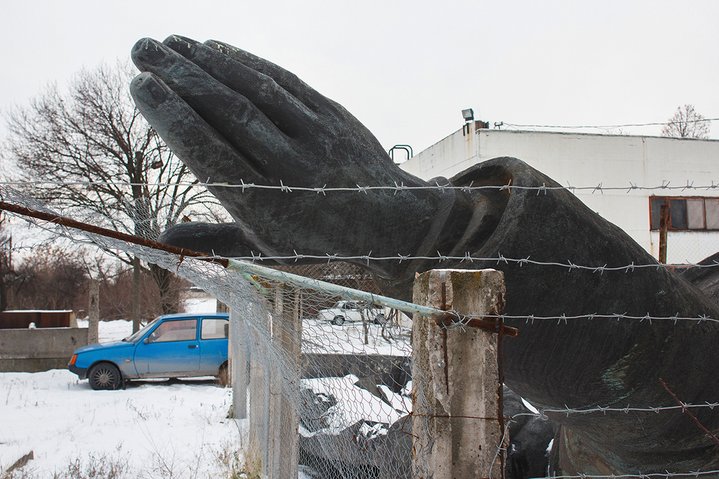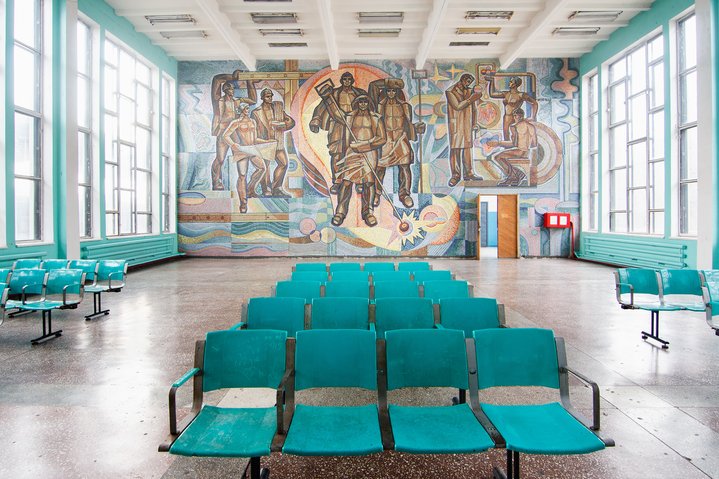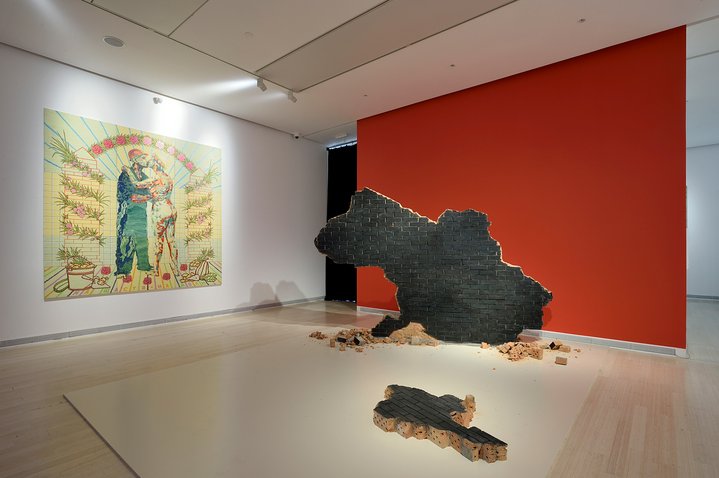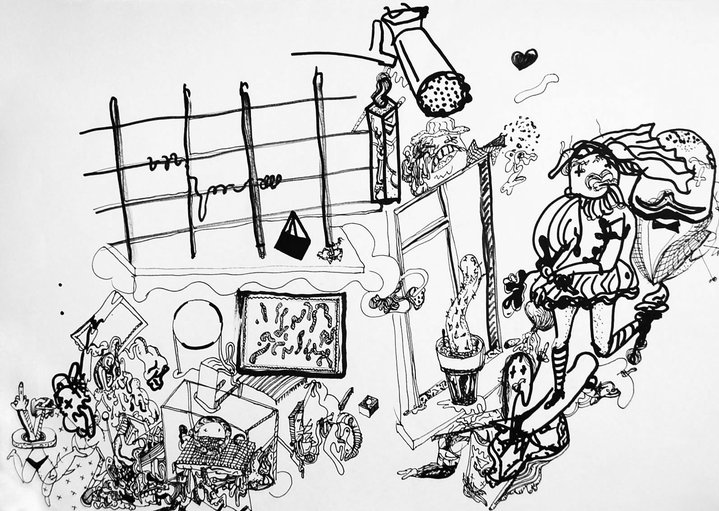Young Ukrainian art: virus of uncertainty

Nikita Shalenny. ‘The Bridge’, 2018–2020. Virtual reality, multimedia installation
Ukrainian art does not seem to lose its nerve in times of global crisis. According to Kiev-born and California-based art critic and curator Alisa Lozhkina, this is no surprise, since the country is used to live in a state of permanent turbulence.
The last few years were hardly the easiest for Ukraine. The 2014 revolution was followed by disastrous fighting in the East of the country, the Russian annexation of Crimea and a subsequent hybrid war with its neighbor. Today, political turbulence continues. The ongoing conflict in the East, the frustration caused by the loss of a part of the country and the millions of displaced people are all factors which influence contemporary Ukrainian art and give birth to multiple projects dealing with trauma. Concerns about internal challenges are multiplied by the ongoing pandemic and the deep global crisis it has caused. Nikita Shalenny, an artist from Dnepropetrovsk, now renamed Dnipro by the Kiev government, reflects on the state of uncertainty of contemporary Ukrainian society and humanity as a whole in his VR-project and multimedia installation ‘The Bridge’ (2018-2020). Shalenny’s virtual reality is based on a series of the artist’s watercolours. His heroes are involved in a seemingly peaceful activity, they are meditatively running non-stop in an unknown direction. Starting their journey in Kiev’s pedestrian bridge leading to Trukhanov island, mysterious men, whom we see only from their backs, end up having an almost endless trip around the globe. This never-ending anxious run, as Shalenny points out, is his commentary on the state of affairs in a society that is undergoing a dramatic and stressful change.
As it sometimes happens, “the worst of times” are also “the best of times”. In recent years, Ukraine has gone through an unprecedented surge in artistic activity and cultural life in general. Having lost trust in Russia, which for centuries had a tangible cultural impact on Ukraine, the country forced the local artistic community to look critically at itself, its roots and its past. This led to an outburst of cultural activities in all intellectual spheres with the aim of defining the cultural codes and priorities of the new reality. In 2017, a visa-free regime was introduced for Ukrainians visiting Europe. This had a tremendous impact on the local artistic community. Going to main European museums, art centers and galleries or just visiting friends in Paris or Berlin, became easier and cheaper than ever. Mobility created a desire to play a bigger role on the wider European artistic scene.
Another important topic with which Ukrainian art has been dealing in the last several years was the politics of memory. A move to wipe out all traces of the communist past started after the 2014 uprising and triggered a wide discussion in Ukranian society regarding the mechanisms of memory and the ways of coping with historic traumas. This process is still not finished. It is not clear yet if the new Ukraine will manage to rethink productively the controversies of the 20th century, and, what is even more important, how to cope with recent ones. Yevgen Nikiforov, a photographer from Kiev has since 2013 been documenting the ambiguities of that political process and researching the remains of Soviet monuments and mosaics in Ukraine’s public spaces, as part of two of his projects ‘On the Republic’s Monuments’ (2014–2019) and ‘Ukrainian Soviet Mosaics’ (2013–2020).
The rage of revolution and war, as well as political and economic instability within the country run parallel to the anxieties and ambiguities of the contemporary world in general. In the narrow space between all the challenges, a territory of new freedom is blossoming. In the last five years, Kiev has turned into one of the world capitals of the rave movement. Dance culture has become an antidote to deep trauma and political absurdity. Escaping into psychedelic experiences has turned into a new form of activism. ‘Documenting CXEMA’ is a short movie by young award-winning artists and filmmakers, Yarema Malaschuk and Roman Himey, about the most famous Kyiv rave. It has no words, only music in the first part, and in the second, just shows the exhausted faces of party-goers in the morning after the rave has ended. Young people, who only a couple of hours ago were absolutely carried away by the magic of a collective dance ritual, now look at the “sober world” with confusion and aversion.
The paradox of young Ukrainian art is that it combines the spirit of rave with highly political senses and projects. Today when the whole world is paralyzed by a pandemic, Sergei Melnitchenko, a young photographer from the Ukranian town of Mykolaiv, is quick to react to the crisis. In 2017, the artist won the Leica Oskar Barnack Award with his series about the life of cheap Chinese dance clubs. In his new series ‘Young and free, disinfection issue’ (April 2020), Melnitchenko shoots naked young people undergoing a humiliating procedure of sanitization. “This artwork is my satirical response to the unimaginable situation in which we all live today. This world reminds me of something between an Orwellian dystopia and Ken Kesey’s‘One Flew Over the Cuckoo’s Nest’,” the artist says. Indeed, if only yesterday Ukraine seemed to be one of the most turbulent countries in Europe, today it is one among many, and the experience of living through catastrophes appears a very useful skill in the world where, as Salman Rushdie once coined it in his wonderful 2015 novel ‘Two Years Eight Months and Twenty-Eight Nights’, all kinds of“strangenesses” start to happen.






